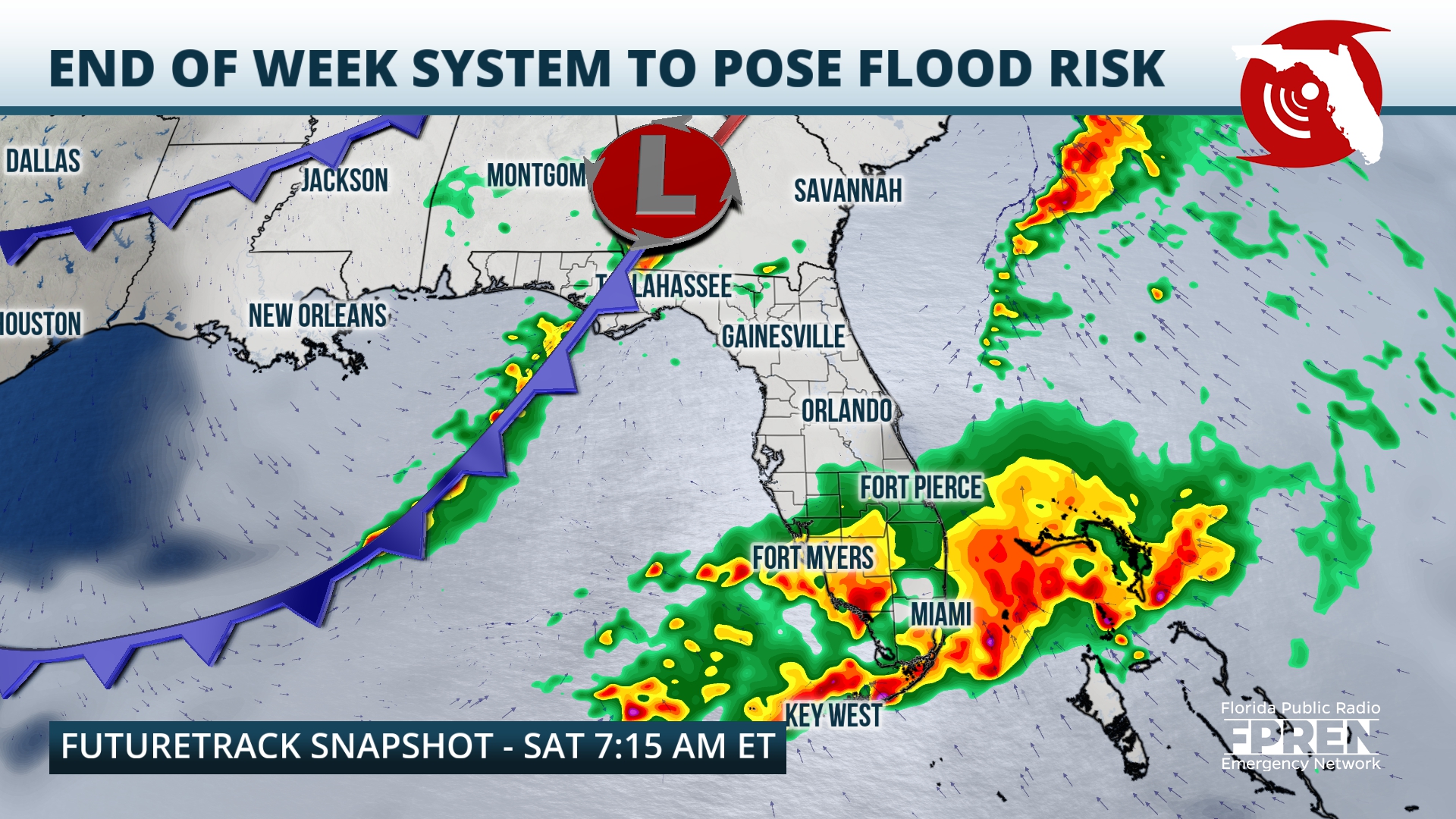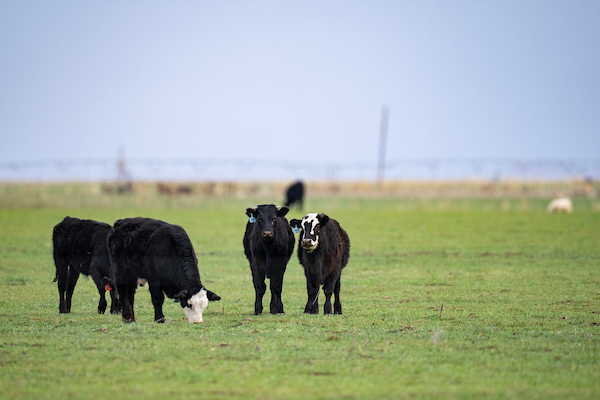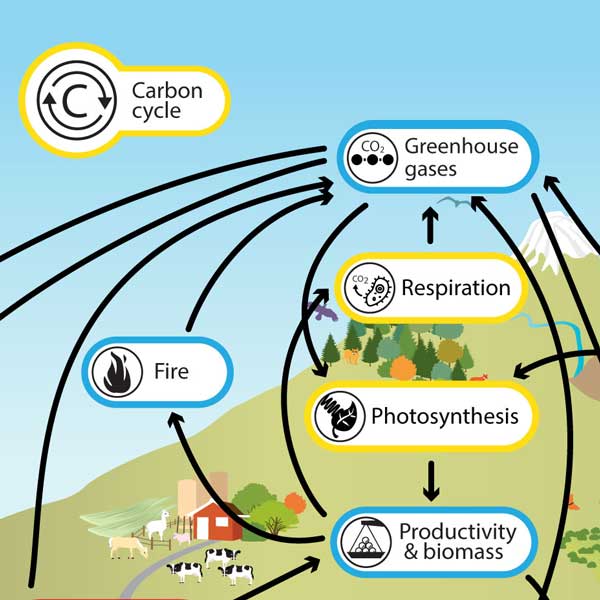
Glossary of terms
Biodiversity:
The variability among living organisms from all sources, including terrestrial, marine, and other aquatic ecosystems and the ecological complexes of which they are part; this includes diversity within species, between species and of ecosystems.89
Ecosystems:
A dynamic complex of plant, animal, and microorganism communities and the nonliving environment, interacting as a functional unit—for example, rainforests and wetlands.90
Ecosystem services:
Ecosystem services are the benefits people obtain from ecosystems. These include provisioning services such as food and water; regulating services such as flood and disease control; cultural services such as spiritual, recreational, and cultural benefits; and supporting services, such as nutrient cycling, that maintain the conditions for life on Earth.91
Intergovernmental Panel on Climate Change (IPCC):
Established in 1988 by the World Meteorological Organization and the United Nations Environment Programme, the IPCC provides regular assessments of the scientific basis of climate change, its impacts and future risks, and options for adaptation and mitigation.92
Intergovernmental Science-Policy Platform on Biodiversity and Ecosystem Services (IPBES):
Aims to provide governments, the private sector, and civil society with scientifically credible and independent up-to-date assessments of available knowledge for better evidence-informed policy decisions and action at the local, national, regional, and global levels.93
Key Biodiversity Areas (KBA):
Sites contributing significantly to the global persistence of biodiversity, in terrestrial, freshwater, and marine ecosystems.94
Kunming-Montreal Global Biodiversity Framework (GBF):
Nature’s equivalent to the Paris Agreement on climate was adopted during the 15th meeting of the Conference of the Parties (COP15) of the Convention on Biological Diversity. It sets out an ambitious pathway to reach the global vision of a world living in harmony with nature by 2050. Among the framework’s key elements are four goals for 2050 and 23 targets for 2030.95
Natural capital:
The stock of renewable and nonrenewable natural resources (for example, plants, animals, air, water, soils, and minerals) that combine to yield a flow of benefits to people.96
Nature:
The natural world, with an emphasis on the diversity of living organisms (including people) and their interactions among themselves and with their environment.97
Nature-based (nature-positive) targets:
Science Based Targets Network nature targets complement existing climate targets by allowing companies to take holistic action to address their impact in the face of mounting environmental and social crises. The targets have been developed to give companies robust and necessary guidance to do their part toward realizing the vision of an equitable, net-zero, nature-positive future.98
Natural climate solutions:
A subset of nature-based solutions; includes conservation, restoration, and improved land and sea management for the purposes of addressing climate change.99
Nature positive:
A high-level goal and concept describing a future state of nature (for example, biodiversity, ecosystem services, and natural capital) that is greater than the current state.100
Nature-related opportunities:
Activities that create a positive outcome for organizations
SDGs, Targets, and Indicators
1. Which SDGs are addressed or connected to the issues highlighted in the article?
- SDG 14: Life Below Water – The article mentions the need to substantially increase intact and effectively protected areas, which aligns with SDG 14’s target of conserving at least 10% of coastal and marine areas.
- SDG 15: Life on Land – The article discusses biodiversity, ecosystems, and protected areas, which are all related to SDG 15’s goal of protecting, restoring, and promoting sustainable use of terrestrial ecosystems.
2. What specific targets under those SDGs can be identified based on the article’s content?
- SDG 14.5: By 2020, conserve at least 10% of coastal and marine areas, consistent with national and international law and based on the best available scientific information.
- SDG 15.1: By 2020, ensure the conservation, restoration, and sustainable use of terrestrial and inland freshwater ecosystems and their services.
3. Are there any indicators mentioned or implied in the article that can be used to measure progress towards the identified targets?
- Indicator for SDG 14.5: Proportion of coastal and marine areas that are conserved.
- Indicator for SDG 15.1: Proportion of important sites for terrestrial and freshwater biodiversity that are covered by protected areas.
Table: SDGs, Targets, and Indicators
| SDGs | Targets | Indicators |
|---|---|---|
| SDG 14: Life Below Water | Conserve at least 10% of coastal and marine areas, consistent with national and international law and based on the best available scientific information. | Proportion of coastal and marine areas that are conserved. |
| SDG 15: Life on Land | Ensure the conservation, restoration, and sustainable use of terrestrial and inland freshwater ecosystems and their services. | Proportion of important sites for terrestrial and freshwater biodiversity that are covered by protected areas. |
Behold! This splendid article springs forth from the wellspring of knowledge, shaped by a wondrous proprietary AI technology that delved into a vast ocean of data, illuminating the path towards the Sustainable Development Goals. Remember that all rights are reserved by SDG Investors LLC, empowering us to champion progress together.
Source: www2.deloitte.com

Join us, as fellow seekers of change, on a transformative journey at https://sdgtalks.ai/welcome, where you can become a member and actively contribute to shaping a brighter future.






